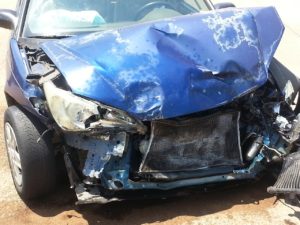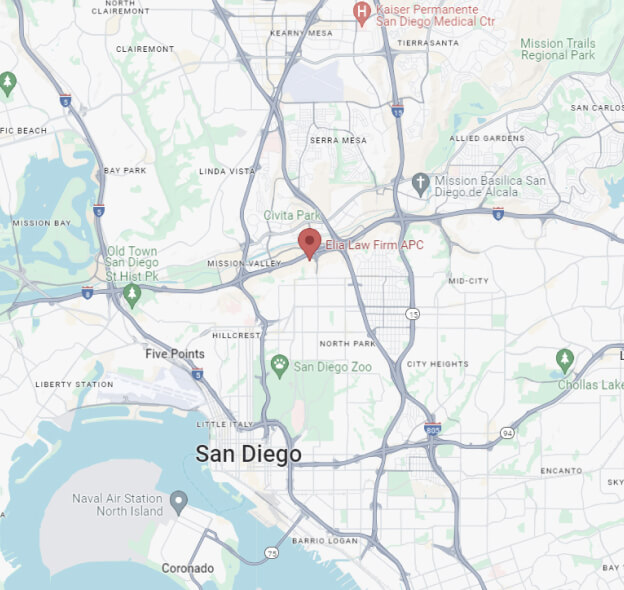
Are Dogs Attacking Without Warning or Are We Misinterpreting Key Signals?
Few stories garner as much sympathy and attention as dog bites. The more innocent the victim, the faster these stories spread. Victims of dog bites


Few stories garner as much sympathy and attention as dog bites. The more innocent the victim, the faster these stories spread. Victims of dog bites

Slip and fall accidents can cause a wide range of injuries. In the best case scenario, they leave you with nothing more than a bruised
Spinal cord injury research is always evolving, and news from UC San Diego gives even more hope to people with spinal cord injuries.
Are you a cyclist who has recently been injured on the road due to driver negligence? You may deserve compensation. Unfortunately, bicycle accidents are not
Have you ever sat in traffic and watched a motorcycle whiz by between lanes? That’s called lane splitting and it’s completely legal in the state of California. Trouble is, what happens if an accident occurs while a motorcycle is lane splitting? Who is at fault?

A 12-year-old boy was riding his bike Thursday morning when he was struck by a pickup truck pulling out of a driveway at a local

Stephen Clift was on a literal cross-country bicycle journey to raise awareness to the rights of U.S. military veterans when he was hit and killed
You’re in an accident. The other driver was drunk and subsequently convicted of a DUI charge. Is he/she at fault? Is your case a slam

How did we do it? And why? On March 15, 2015, we settled a motor vehicle roll-over accident that occurred in El Cajon, CA. In
Fido and dog’s best friend share the blame for this accident Here’s a somewhat amusing story. In San Francisco a lamp post falls on a car


Elia Law © 2024 All rights reserved. | Disclaimer | Privacy Policy | Site Map